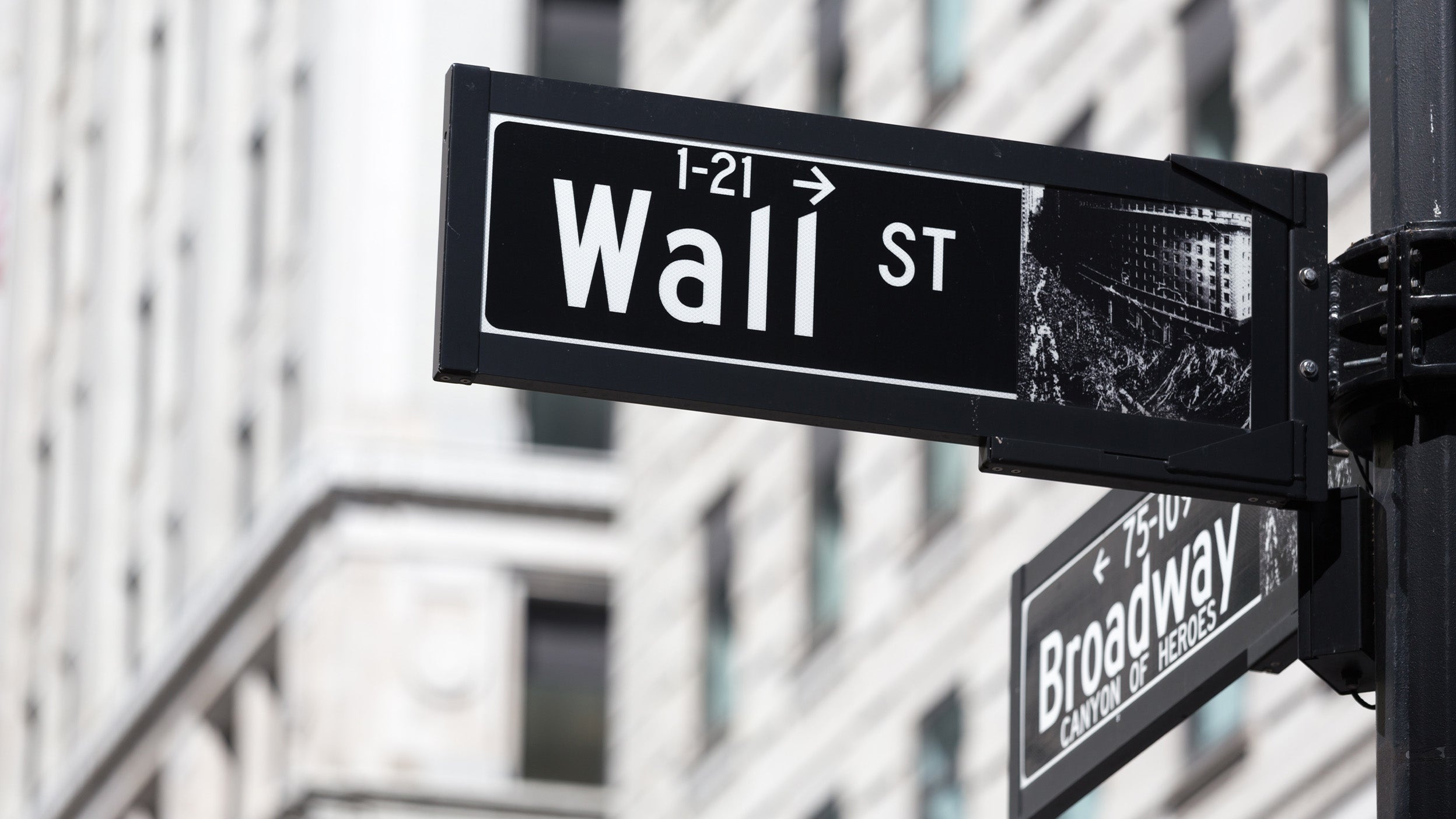Most US equity categories saw positive flows in Q4, but ETFs tracking the standard S&P 500 index continued to dominate, with approximately US$30 billion of NNA, most of which came in after the election. So-called “Trump trades” were seen elsewhere, including flows into US small caps (US$4.5 billion of NNA) and financial sector ETFs (US$2 billion of NNA). Investors expect these companies to benefit from Trump’s policies on deregulation and promoting domestic competitiveness.
Outlook
While it’s likely that US equity performance in the coming months will be driven largely by the enactment of the various Trump policies, most of these are already known and, as such, possibly already priced into the market. That said, the extent to which Trump will follow through on his campaign pledges remains a question, especially as it relates to trade tariffs, as well as secondary impacts that could affect the fortunes (negatively or positively) of US companies and the economy.
Interest rates could also have an effect on certain rate-sensitive segments. The Fed is likely to leave rates unchanged in the short term, during which time the committee will have additional data on inflation and employment. It will be worth monitoring consumer spending and confidence levels in the coming months.
We would expect the US equity market to remain well-supported in this environment and for the relative strength of the US dollar to benefit non-USD investors. Some of the companies that are expected to benefit from Trump policies include financials and those involved in security (physical and cyber), energy infrastructure, cryptocurrencies and AI.






